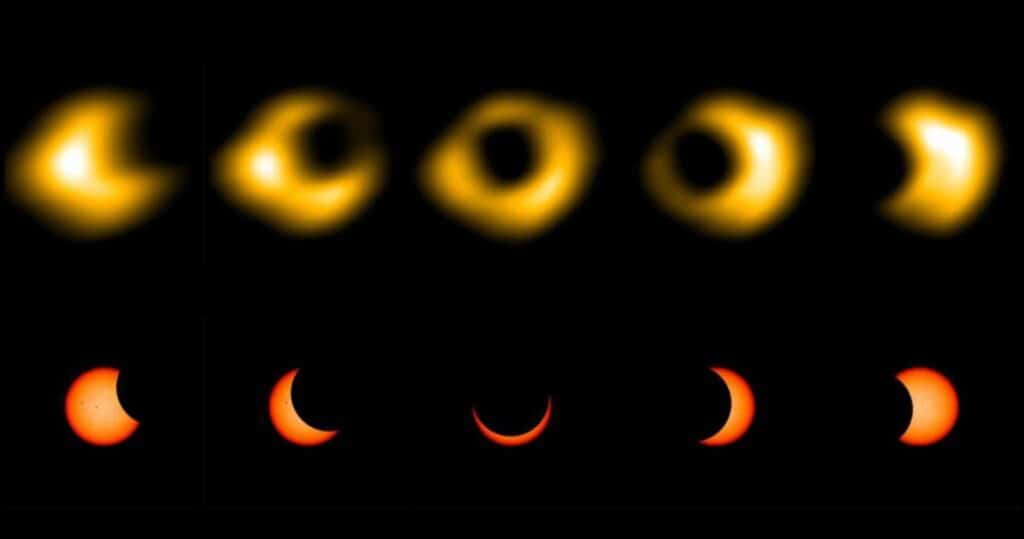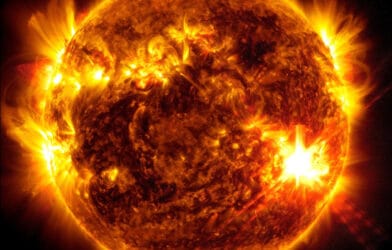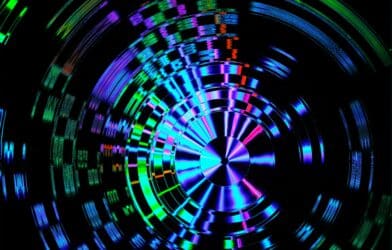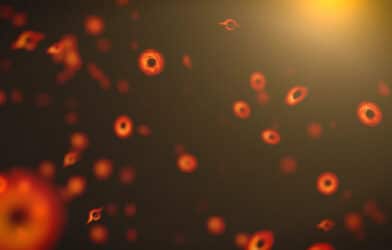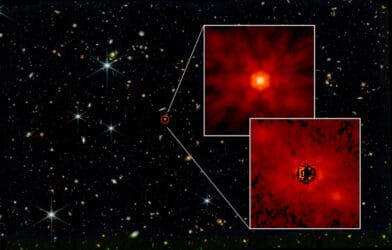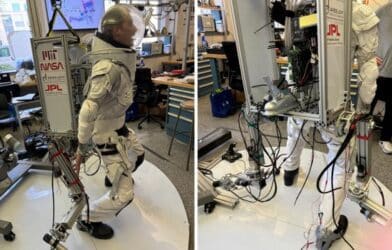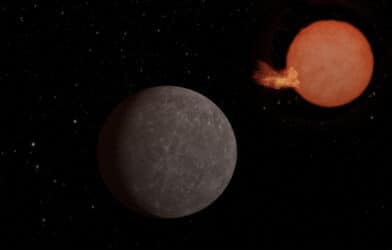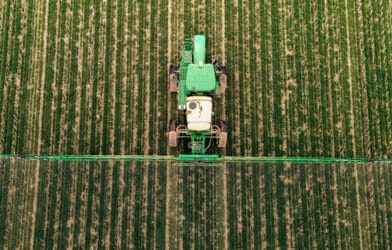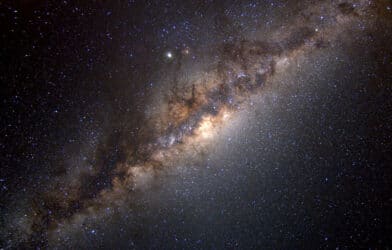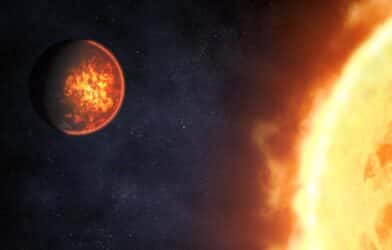Scientists at the New Jersey Institute of Technology’s Center for Solar-Terrestrial Research didn’t feel “down, down, down” after discovering this “ring of fire.” On Oct. 14, NJIT-CSTR astronomers captured the solar eclipse in a way never seen before by recording the first radio images of an annular eclipse’s famous “ring of fire” effect.
The solar eclipse, which took place on a Saturday, was partially visible across much of the continental United States. However, the mesmerizing “ring of fire” phenomenon, where the moon appears to create a fiery halo around the sun, was only visible for less than five minutes and exclusively within a narrow 125-mile-wide path known as the path of annularity.
What makes this discovery even more remarkable is that researchers managed to capture extended images of the eclipse’s ring for over an hour, thanks to their innovative use of radio technology.
The team utilized the newly commissioned Owens Valley Radio Observatory Long Wavelength Array (OVRO-LWA) located in the Owens Valley Radio Observatory, California, to make this pioneering observation. Their work involved capturing radio waves emitted by the sun’s extended corona as the moon moved between Earth and our nearest star.
“To finally see a ‘ring of fire’ eclipse this way was spectacular … we haven’t seen this quality of radio imaging of the sun before,” says Dale Gary, NJIT-CSTR distinguished professor of physics and co-investigator on the OVRO-LWA project, in a university release. “We normally cannot see the corona from the ground except during a total eclipse, but we can now see it all the time with OVRO-LWA. This eclipse makes it that much more dramatic.”
“From our observatory site in California we were not in the belt to see the annular eclipse, yet we’ve been able to ‘see’ it all clearly unfold in radio, which reveals a much larger solar disk than its visible counterpart thanks to its sensitivity to the extended solar corona,” says Bin Chen, NJIT-CSTR associate professor of physics who led the data reduction and processing. “Science-wise, this is a unique opportunity to study the Sun’s extended corona with the highest resolution possible at these wavelengths, taking advantage of the moon’s limb as a moving ‘knife edge’ to increase the effective angular resolution,.”
OVRO-LWA, a collaborative project led by Gregg Hallinan at the California Institute of Technology, employs a set of 352 antennas to sample thousands of radio wavelengths ranging from approximately 20 to 88 megahertz. This technology allows for the generation of high-quality images of the radio sun, which appears about twice as large as the visible solar disk when observed in this wavelength range.
“Documenting this spectacular event was a great opportunity to announce the successful operation of OVRO-LWA as a new radio facility to study the sun and many other objects including exoplanets, cosmic-rays, the early universe, and more,” notes Hallinan.
While the next annular solar eclipse is expected to be visible from South America in October 2024, Americans will have to wait until June 2039 for the next “ring of fire” eclipse on home soil. A total eclipse visible across the central United States is set to occur sooner, in April 2024.
Despite these future eclipse prospects, the NJIT-CSTR team views their recent observations as a remarkable achievement for their instrument. With the enhanced capabilities offered by OVRO-LWA, they anticipate exciting developments in solar astronomy and space weather studies, particularly as solar activity peaks in 2025 during the expected “solar maximum.”
“We are now working on an automated data processing pipeline that will soon produce near-real-time solar images and make them available to the public,” explains Chen. “These eclipse images serve as a proof-of-concept for this effort. The unprecedented data products coming soon will open new opportunities for discovery in solar astronomy and space weather studies.”
The OVRO-LWA project is funded by the National Science Foundation.
